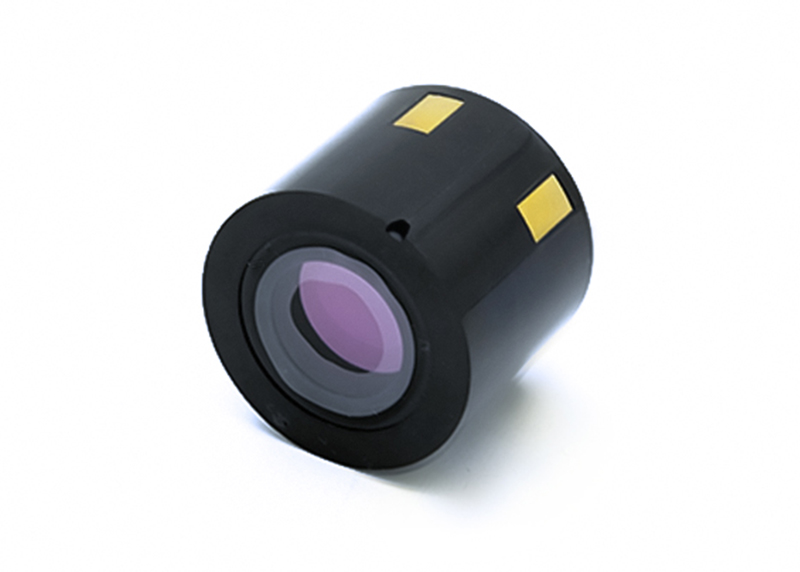January 17, 2025By: MH TECHView: 123

(1) Resolution
Center resolution: refers to the smallest detail that can be distinguished in the center area of the image intensifier, usually expressed in line pairs per millimeter (lp/mm). For example, the center resolution of an image intensifier is 60lp/mm, which means that 60 pairs of black and white lines can be distinguished per millimeter in its center area.
Edge resolution: reflects the resolution of the edge of the image intensifier, which is generally lower than the center resolution. For large-sized image intensifiers or applications with high requirements for the imaging quality of the entire field of view, edge resolution is an important indicator.
(2) Gain
Brightness gain: refers to the ratio of the brightness of the image output by the image intensifier to the brightness of the input image. It reflects the image intensifier's ability to amplify weak light. High brightness gain can make the image brighter and easier to observe in low-light environments.
Current gain: the ratio of output current to input current, often used to describe the performance of image intensifiers in amplifying electronic signals, and is closely related to brightness gain.
(3) Quantum efficiency
Indicates the efficiency of the photocathode in converting incident photons into photoelectrons. The higher the quantum efficiency, the more photoelectrons are generated under the same lighting conditions, and the higher the sensitivity of the image intensifier, which can detect weaker light signals.
(4) Noise
Equivalent background illumination: refers to the effect of the noise output by the image intensifier being equivalent to the background light of a certain illumination when there is no input light signal. The lower the value, the lower the noise level of the image intensifier and the higher the imaging quality.
Signal-to-noise ratio: the ratio of signal to noise. The higher the ratio, the more prominent the useful signal in the image, the smaller the impact of noise on image quality, and the clearer the image.
(5) Shutter speed
Refers to the speed at which the image intensifier controls the on and off of the light signal. For example, a shutter of 3ns (supports 100ps) can control the transmission and capture of light in a shorter time. It is very important for applications that require fast imaging or high time resolution, such as high-speed photography and particle physics experiments.
(6) Response band
Visible light response range: For example, the common 400nm-700nm indicates the working performance of the image intensifier in the visible light band. Different application scenarios may require better response to a specific wavelength range.
Ultraviolet or infrared response: Some image intensifiers have ultraviolet or infrared response capabilities, which can expand their applications in special fields, such as ultraviolet imaging for material surface detection, infrared imaging for thermal imaging or night vision, etc.
(7) Effective diameter
Refers to the effective size of the input or output window of the image intensifier, usually in millimeters, such as 18 mm, 25 mm, 40 mm, 75 mm and 150 mm. The effective diameter determines the range and intensity of the light signal that the image intensifier can receive or output. A larger effective diameter can collect more light and is suitable for large field of view imaging or applications requiring high sensitivity.
(8) Magnification
Indicates the image intensifier's ability to magnify the input image, usually ranging from several times to dozens of times. It is interrelated with parameters such as gain and resolution, and together affects the quality and observation effect of the output image.
(9) Working life
Refers to the time that the image intensifier can continue to operate stably under normal working conditions, generally in hours or years. A long working life can reduce the replacement frequency and maintenance cost of the equipment, which is crucial for long-term use application scenarios.
(10) Working voltage and power consumption
Working voltage: The voltage required for the normal operation of the image intensifier. The working voltage of different types and models of image intensifiers may be different, generally ranging from hundreds of volts to thousands of volts.
Power consumption: refers to the electrical power consumed by the image intensifier when it is working. Lower power consumption helps reduce the energy consumption and heat generation of the equipment and improve the stability and reliability of the equipment.